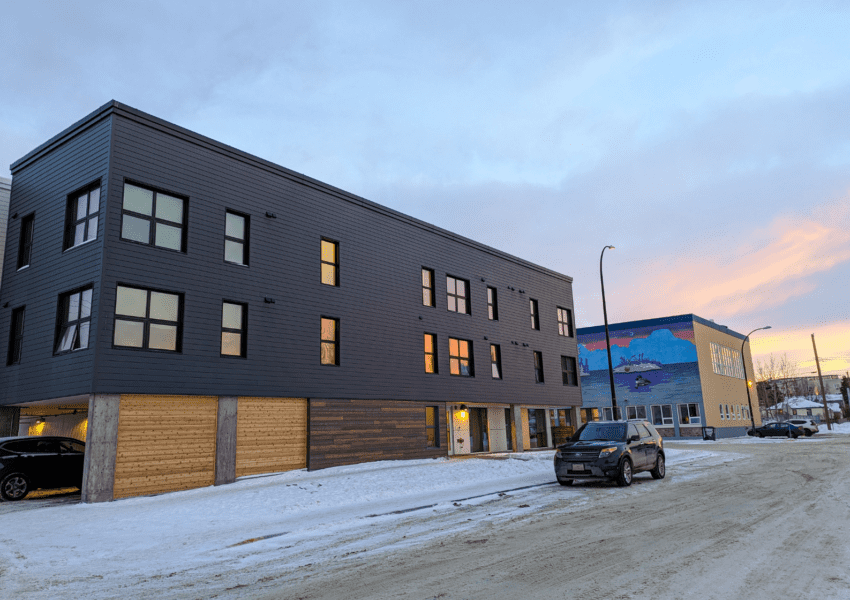About the Whitehorse Emergency Shelter
On October 1, 2022, operation of the Whitehorse Emergency Shelter was transferred to Connective, with the support of our partners at the Council of Yukon First Nations. Located at 405 Alexander Street, the shelter provides temporary emergency housing to community members in need of a bed, hot meal, shower, laundry, or access to the range of support services offered on site or in the community. While most stays in the shelter are short term, a limited number of permanent housing units are also available on a separate floor of the site.
This transfer of operations from the Government of Yukon builds on the growing partnership with Connective and the Council of Yukon First Nations, who will continue to ensure that Yukoners who are experiencing homelessness are able to take shelter, receive person-centered and culturally appropriate care, and come in off the street.
For regular updates about the shelter, please subscribe to our Report to the Community, which is distributed quarterly. You can also view all editions of the report below.



